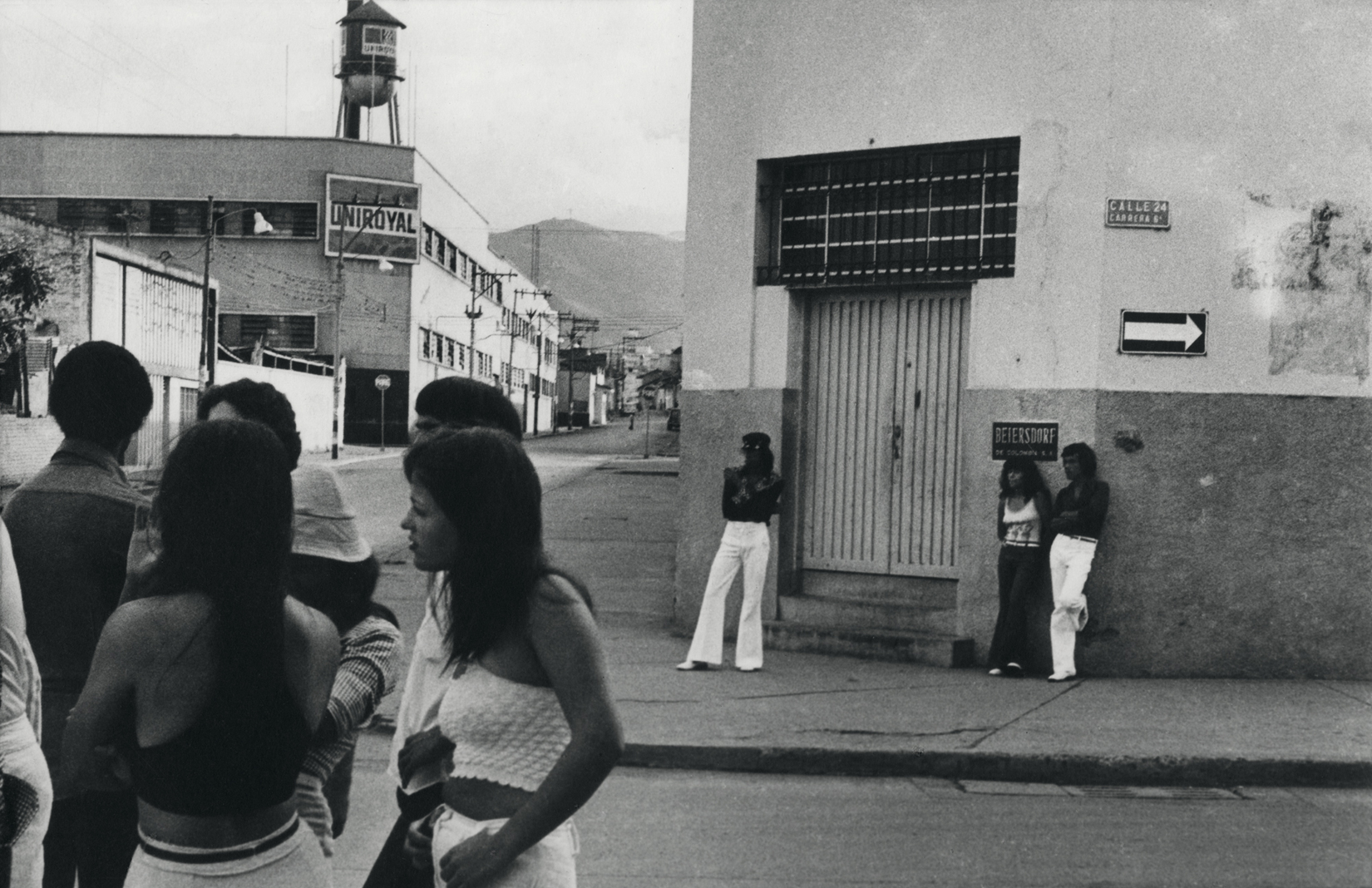
Fernell Franco, Series Pacifico, 1987. Collection Leticia et Stanislas Poniatowski © Fernell Franco. Courtesy Fundación Fernell Franco Cali / Toluca Fine Art, Paris
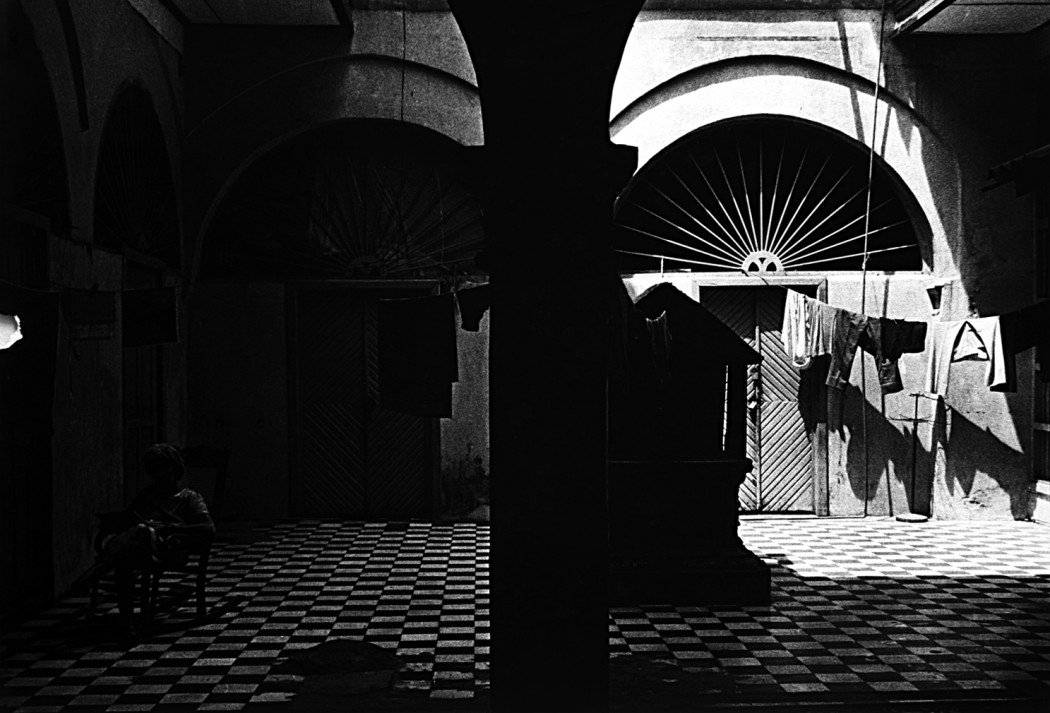
Fernell Franco
Series Interiores, 1978. Private collection, Paris © Fernell Franco. Courtesy Fundación Fernell Franco Cali
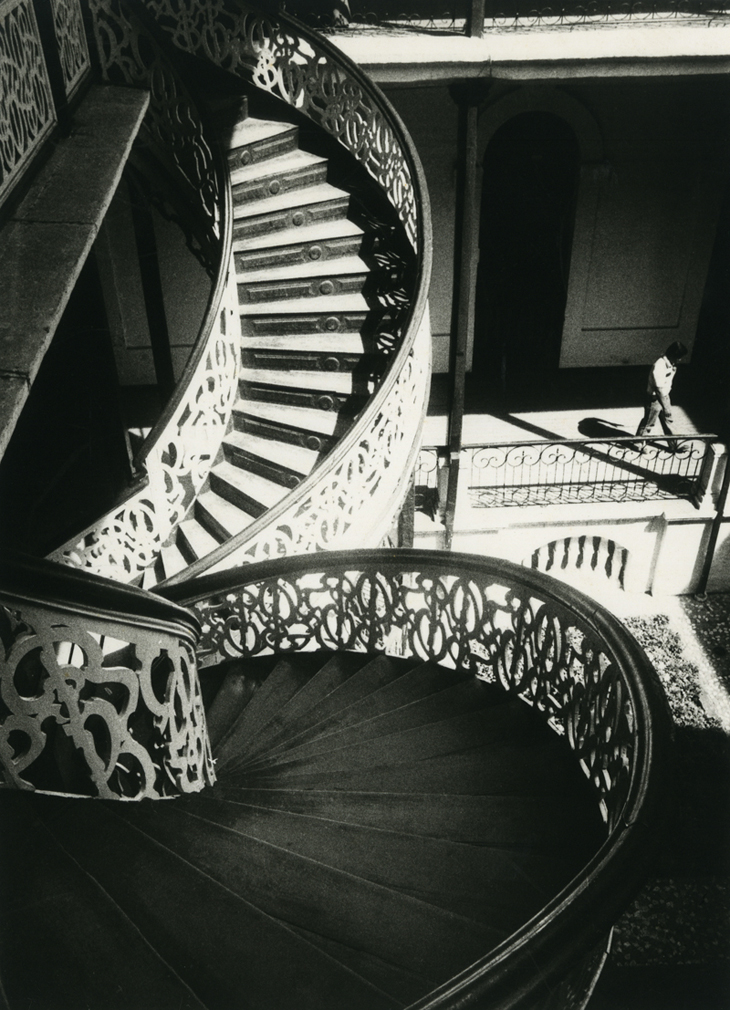
Fernell Franco, Series Interiores, 1978. Private collection, Paris © Fernell Franco
Courtesy Fundación Fernell Franco Cali / Toluca Fine Art, Paris
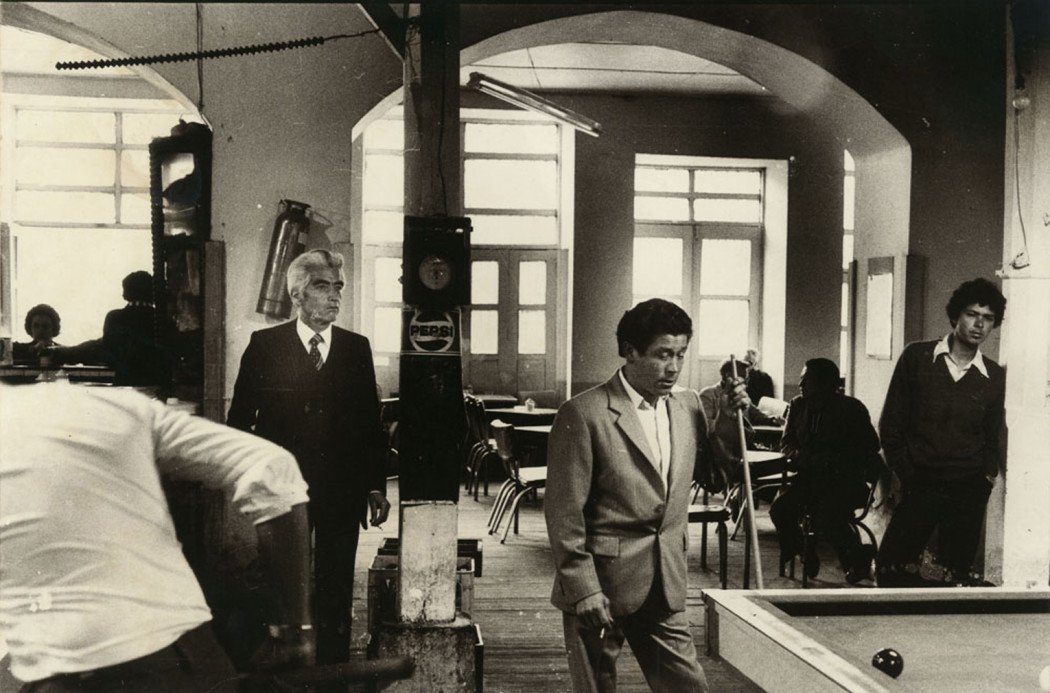
Fernell Franco, Series Billares, 1985. Private collection © Fernell Franco . Courtesy Fundación Fernell Franco Cali / Toluca Fine Art, Paris
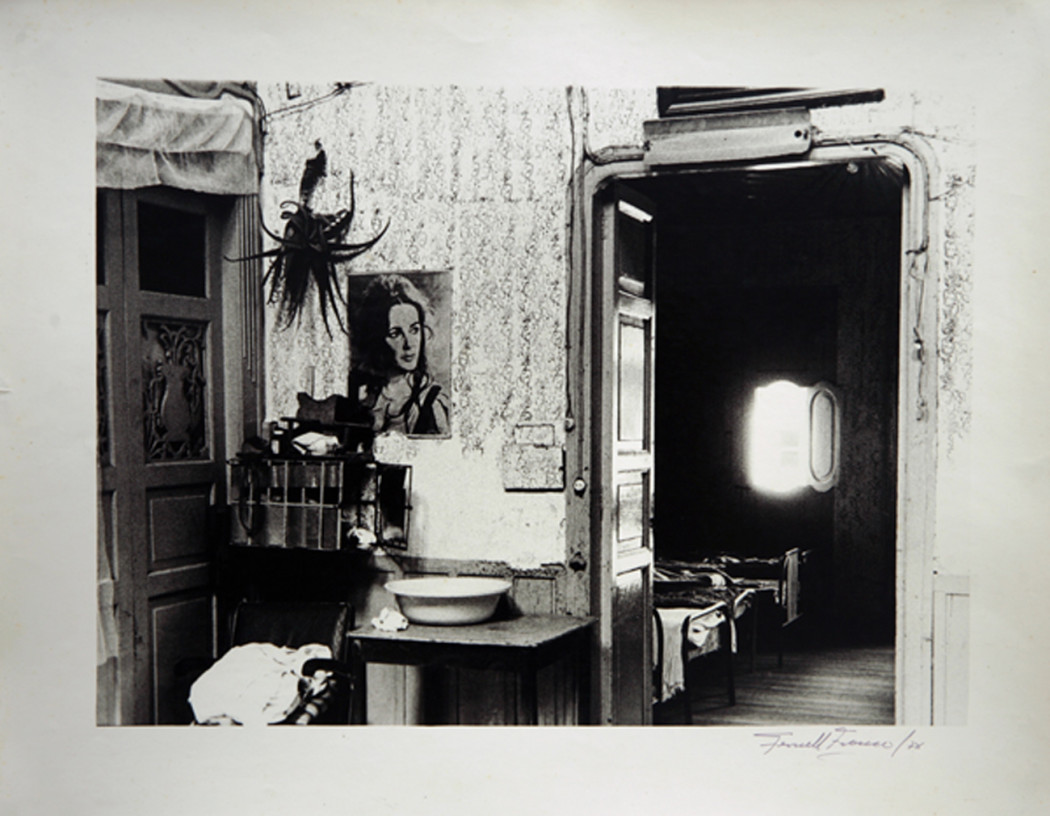
Fernell Franco, Series Interiores, 1978. Private collection, Paris © Fernell Franco. Courtesy Fundación Fernell Franco Cali
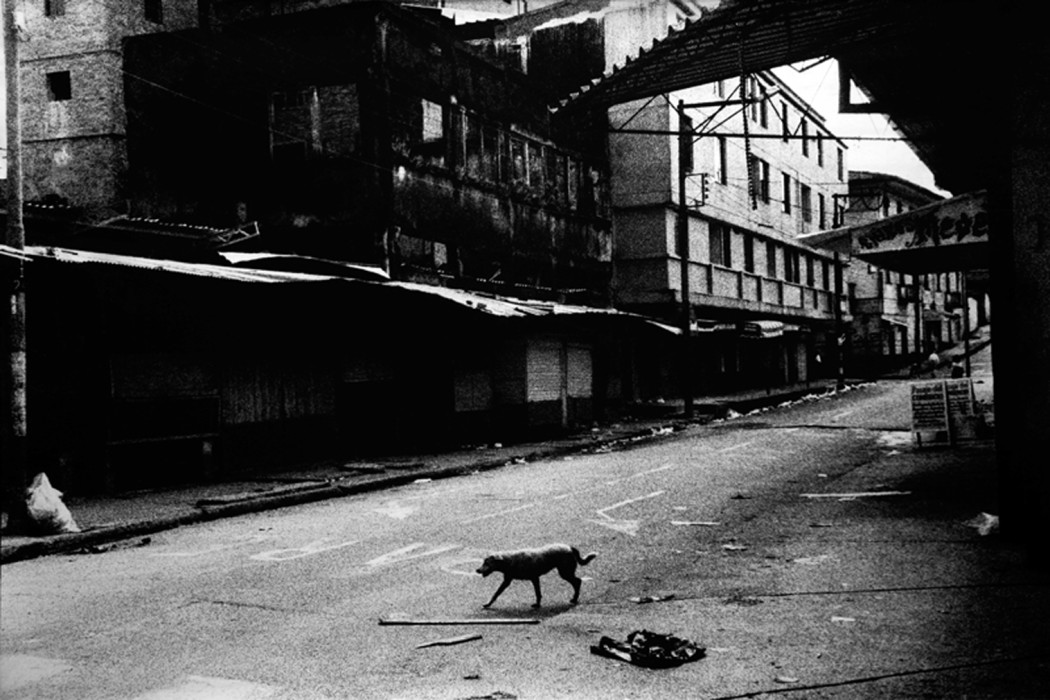
Fernell Franco, Series Pacifico, 1987. Collection Leticia et Stanislas Poniatowski © Fernell Franco. Courtesy Fundación Fernell Franco Cali / Toluca Fine Art, Paris

Fernell Franco Series Interiores, 1978. Private collection, Paris © Fernell Franco
Courtesy Fundación Fernell Franco Cali
Colombian photographer Fernell Franco’s first European retrospective at the Fondation Cartier in Paris marks a decade since the artist’s death.
Franco was a central player in the experimental arts scene that emerged in Colombia’s Santiago de Cali during the 1970s and his works probed a city in transition. Over 30 years, he focused his lens on Cali’s brothels, billiard halls and brightly painted cafés, its once-grand mansions populated by migrants, and fine buildings from the 1930s and 40s reduced to decaying hulls.
Distinct from his output as a photojournalist, Franco’s work as an artist explored the photograph as an artefact, open to constant revision and modification.
Rather than merely documenting the city, his interior and architectural shots are mined for the lines of geometry, doubled and echoed to kaleidoscopic effect. Patterned tiles and the green baize of the billiard tables are hand-tinted, sections of pitted tarmac are drawn over with black lines, searing day-lit skies are blocked out with inky blurs.
Through Franco’s lens, the destruction, re-purposing and transformation of Cali’s architecture echoes the metamorphosis of society following La Violencia. In his taped collages of echoing architectural forms, or disorienting formal repetitions of otherwise dismal interior views, Franco imposed an aesthetic order on a chaotic city.
Fernell Franco: Cali Clair-Obscur, 6 February – 5 June, Fondation Cartier pour l’art Contemporain




